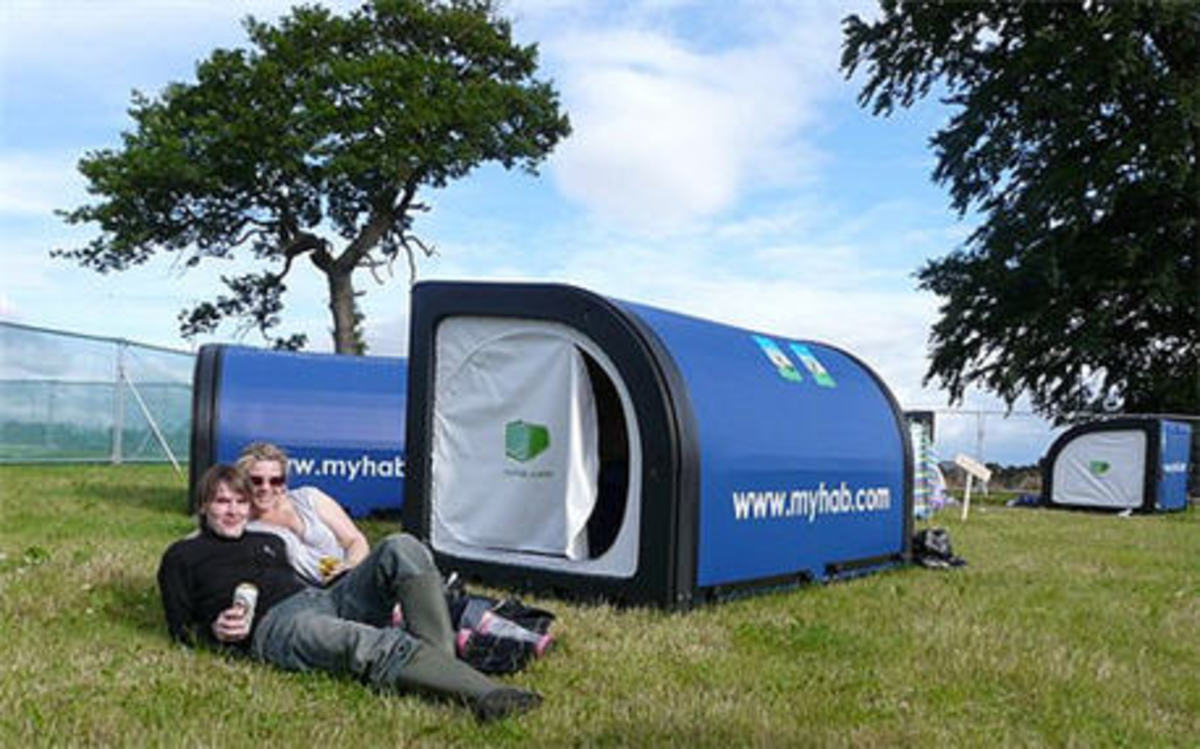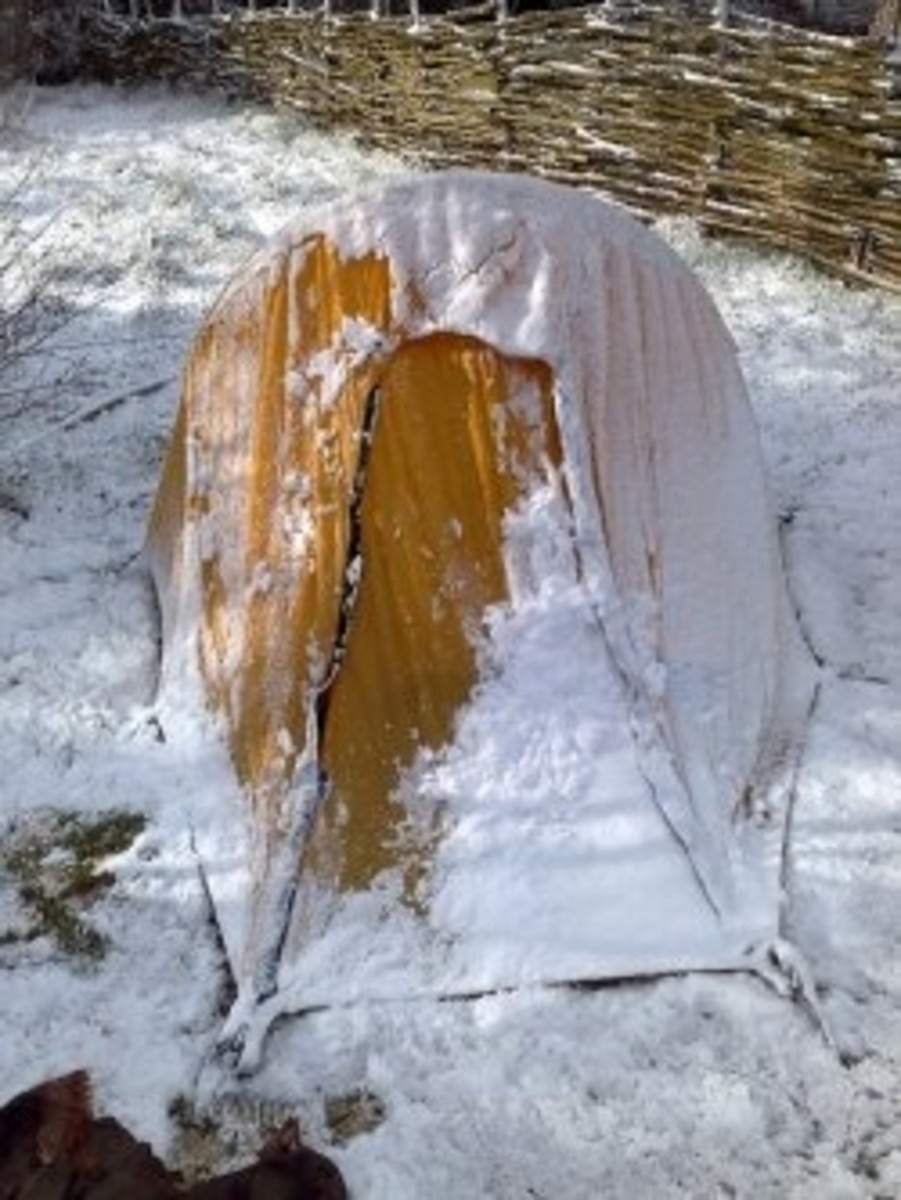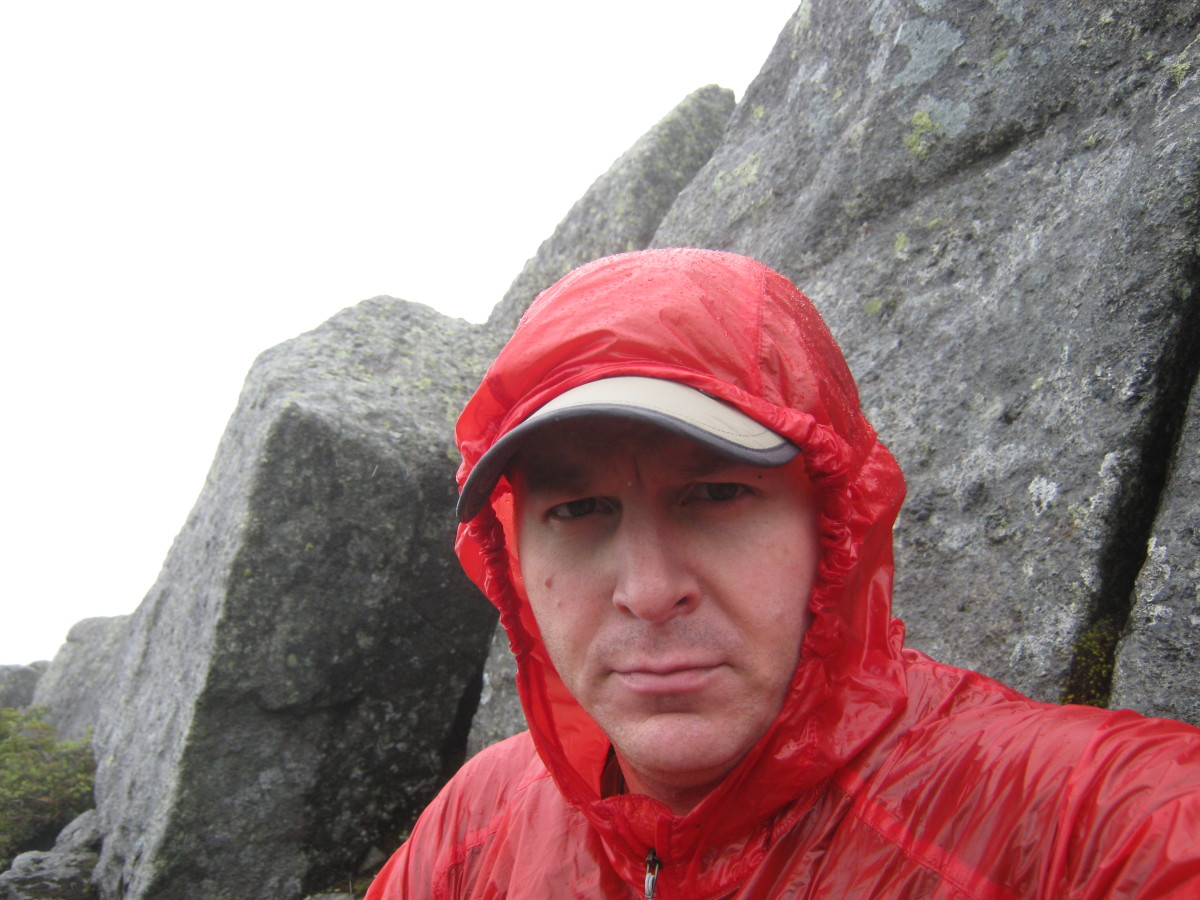Basic wilderness first aid
The Rule of Threes
You Can Survive
| Without
|
|---|---|
Three Minutes
| Oxygen
|
Three Hours
| Shelter
|
Three Days
| Water
|
Three Weeks
| Food
|
The Rule Of Threes
I thought the best way to address basic survival skills was to take the Rule of Threes one at a time and deal with them in order of what is the most immediate need.
That being said, lets take a look at the first rule: You can survive three minutes without oxygen. As we discuss this rule we will also discuss basic first aid, which should be addressed before any other survival issues are considered.
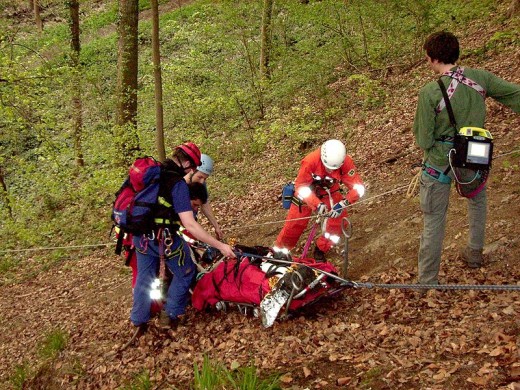
As with any survival situation, first aid is just common sense. If the victim is not breathing, you will need to breath for them. If they are bleeding, stop it. If a body part moves where it shouldn't (as in a fracture or dislocation) secure it to keep it from moving.
In any wilderness first aid situation follow these guidelines.
1. Remain calm and be sure the area is safe from any hazard that could result in further injury.
2. Keep the victim calm and lying down. Do not move them until you have evaluated the total extent of their injury.
3. Follow the ABCs of first aid.
4. Be reassuring and watch for signs of shock. Treat for shock as needed.
5. Make a complete victim assessment checking for breathing, circulation and bleeding, fractures and other injuries.
6. Decide if the victim can safely be moved to a medical facility for further treatment or if you will need to make a shelter to wait for help.
With first aid, your immediate actions should follow the ABCs. A - Airway, B - Breathing, C - Circulation
A -Airway. Be sure the victims airway is open. Do this by placing the victim on their back and lifting the neck to tilt the head back. *NOTE* if there is risk of spinal injury the patient should not be moved unless absolutely necessary.
B - Breathing. Verify that the person is breathing by looking for chest movement, listening for breaths and feeling for air movement. If they are not breathing begin CPR and call for an ambulance.
C- Circulation. Check for a heart beat and/or pulse. If there is no heart beat begin CPR and call for an ambulance. Check for bleeding and, if present, take steps to stop it.
American Heart Association Hands Only CPR
American Heart Association website
Hands Only CPR
According to the American Heart Association, hands only CPR is easy to remember, more likely to be performed, and in many cases may be all that is needed to save a life.
In a wilderness situation where emergency response will take longer, conventional CPR will likely be needed.
Conventional CPR Instructions
Here is a step-by-step guide for CPR as directed by the American Heart Association:
1. Call 911 or ask someone else to do so.
2. Try to get the person to respond; if he doesn't, roll the person on his or her back.
3. Start chest compressions. Place the heel of your hand on the center of the victim's chest. Put your other hand on top of the first with your fingers interlaced.
4. Press down so you compress the chest at least 2 inches in adults and children and 1.5 inches in infants. One hundred times a minute or even a little faster is optimal.
5. If you've been trained in CPR, you can now open the airway with a head tilt and chin lift.
6. Pinch closed the nose of the victim. Take a normal breath, cover the victim's mouth with yours to create an airtight seal, and then give two, one-second breaths as you watch for the chest to rise.
7. Continue compressions and breaths -- 30 compressions, two breaths -- until help arrives.
Hypothermia
Hypothermia is a condition where body temperature falls below the normal level. In severe cases the lowered temperature may cause the vital organs to stop normal function.
Hypothermia kills more than 700 people each year in the United States and considered by many to be the number one threat to those who enjoy the outdoors.
Symptoms of hypothermia include the "Umbles" Mumbles, stumbles and grumbles. Numbness and violent shivering are signs of hypothermia as is reduced brain function.
If you or someone you are with shows signs of hypothermia you must take immediate action to treat the symptoms.
Treatment for Hypothermia
Move the victim to a sheltered area out of the wind and wet. Remove wet clothing and replace with dry warm clothing or place them in a warm sleeping bag. Use whatever means available to warm the person up. Build a fire, share body heat, give them warm liquid to drink.
How to Avoid Hypothermia
Most cases of hypothermia occur when outside temperatures are between 30 and 50 degrees F. Wind and wetness are big contributing factors. Always check the weather forecast and take clothing that is appropriate for the worst conditions. Stay dry. This also applies to perspiration. Excessive perspiration can lead to hypothermia. Wear clothing that protects you from the wind.
Wind can increase the danger of hypothermia
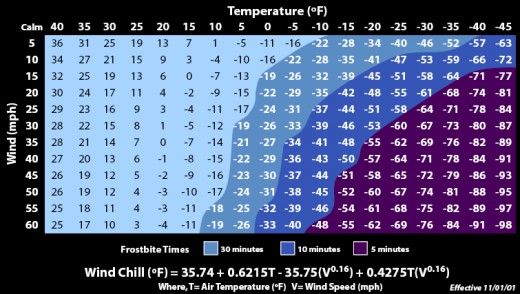
Shock
Shock is the depression of all body processes and can be present following any injury or frightening incident. Bleeding, cold and pain can intensify shock.
Symptoms of shock can include weakness and feeling faint. The skin can become cold and clammy and the heart rate may become weak and rapid.
Treatment for shock
If there are no head or chest injuries elevate the victims legs to increase blood flow to the heart and brain. Keep the victim warm and comfortable and offer reassurance.
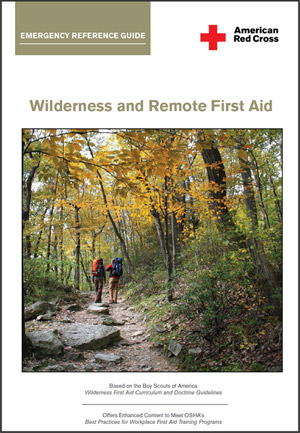
Please take the time to study up on wilderness first aid. There are so many possibilities for injury and options for treatment that they can not be covered in a hub format.
The American Red Cross offers a good guide to wilderness first aid in PDF format. Click on the link below to go to their handbook.
Fractures, dislocations and sprains
Again, common sense rules supreme when treating these injuries. If it moves and it shouldn't, immobilize it.
When splinting a fracture you can use anything that will offer support. Pillows, cardboard boxes and sticks are common materials.
Padding will make the splint more comfortable and binding should be used that can be adjusted to compensate for swelling.
When making a splint for a fracture you will need to immobilize the joint above and the joint below the break. When splinting an injured joint immobilize the bone above and the bone below. Don't bind the splint so tightly that it cuts off circulation. Watch for and treat for shock as needed.




